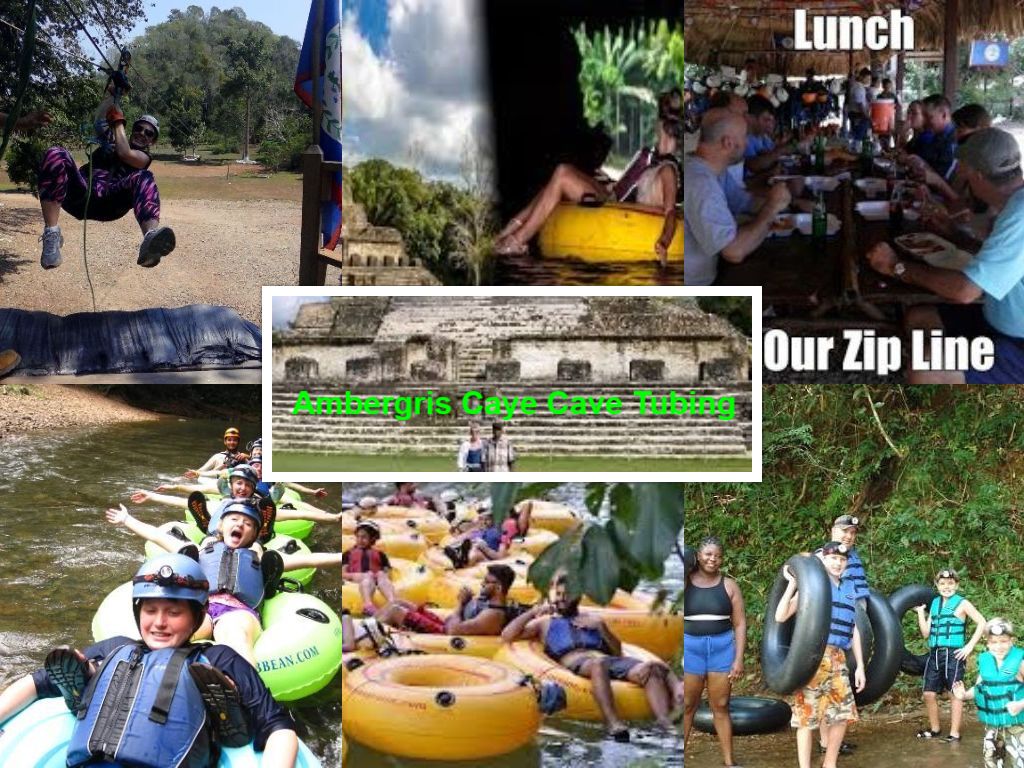Belize City Travel Forums – Ambergris Caye Travel Forums - Things To Do In San Pedro, Belize - San Pedro Belize Tours - Belize Forums – San Pedro Belize Forum – Belize Cruise Forums – San Pedro Belize Travel Forums – Belize Tours – Cave Tubing San Pedro Belize
Belize City Travel Forums - San Pedro Belize Tours - Best Excursions In San Pedro, Belize - Belize City Hotels
Belize City - San Pedro Belize - Ambergris Caye - Tours Market Place
Your guide to Belize Travel Forums - San Pedro Belize Travel Forums - Ambergris Caye Travel Forums - San Pedro Belize Resorts - Things To Do In San Pedro Belize - Xunantunich and Cave Tubing From San Pedro - San Pedro Scuba Diving - Cave Tubing San Pedro Belize - San Pedro Belize Vacation Packages - San Pedro Dive Packages - San Pedro Belize Tour Companies - Belize City Travel Forums - Belize Cruise Message Boards - Belize Cave Tubing and Zipline - Xunantunich Tours - San Pedro Mayan Ruins Tours - Jungle Tours From San Pedro Belize


Belize Cave Tubing and Zip Line $95.00
This is a private travel forum used by us testimonial for our personalize services. Click on the website below for tour services:
http://meananddangerousadventuresbelize.bravesites.com
https://www.facebook.com/meananddangerousadventures

 Other nearby Maya archaeological sites include Chaa Creek and Cahal Pech, Buenavista del Cayo, and Naranjo.
Other nearby Maya archaeological sites include Chaa Creek and Cahal Pech, Buenavista del Cayo, and Naranjo.